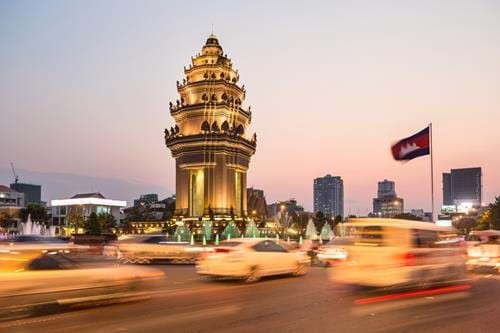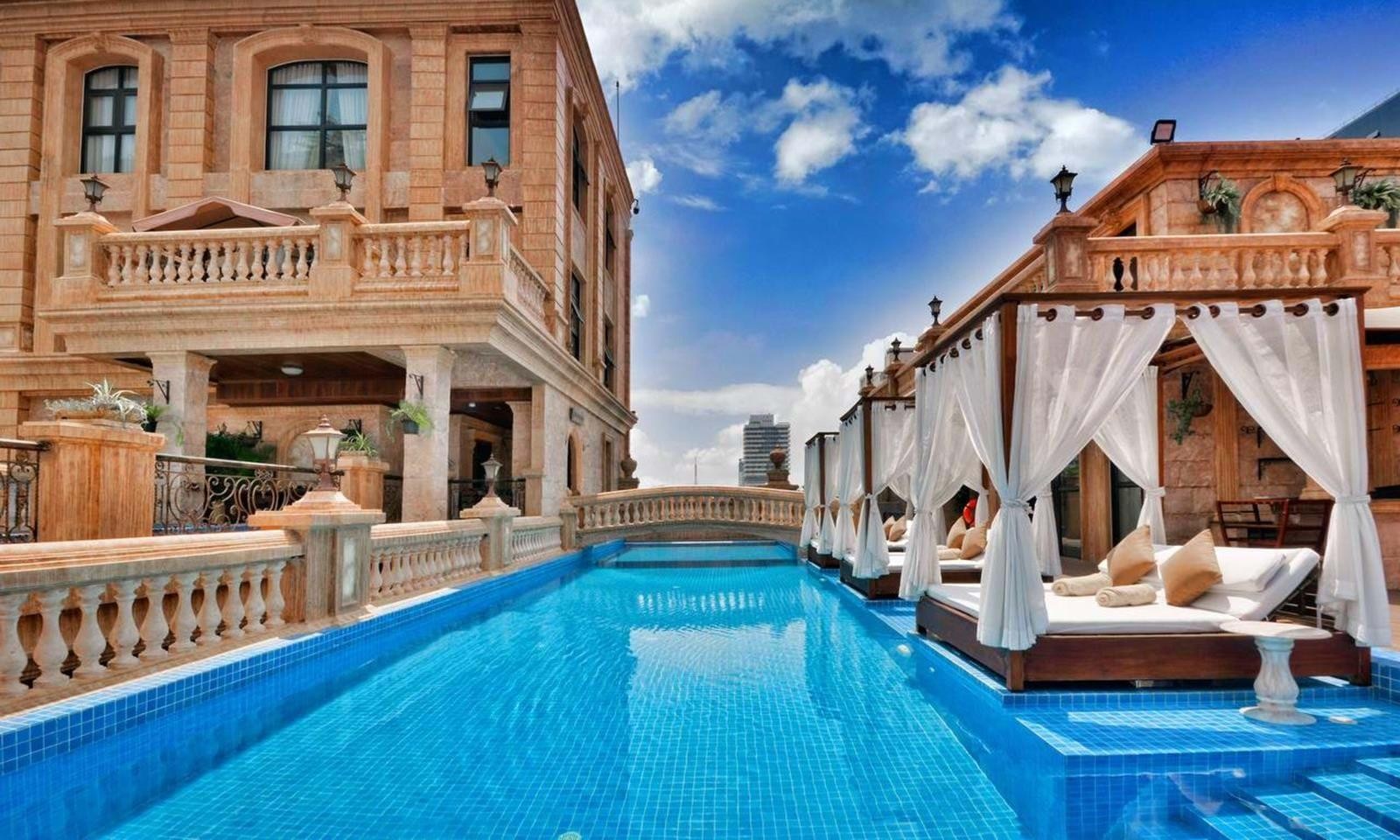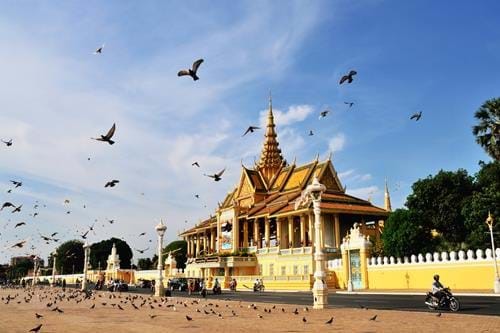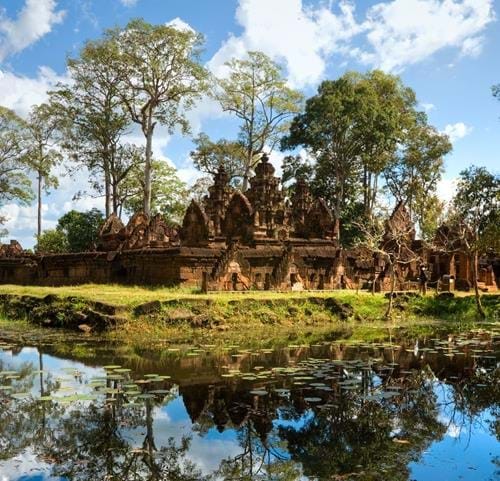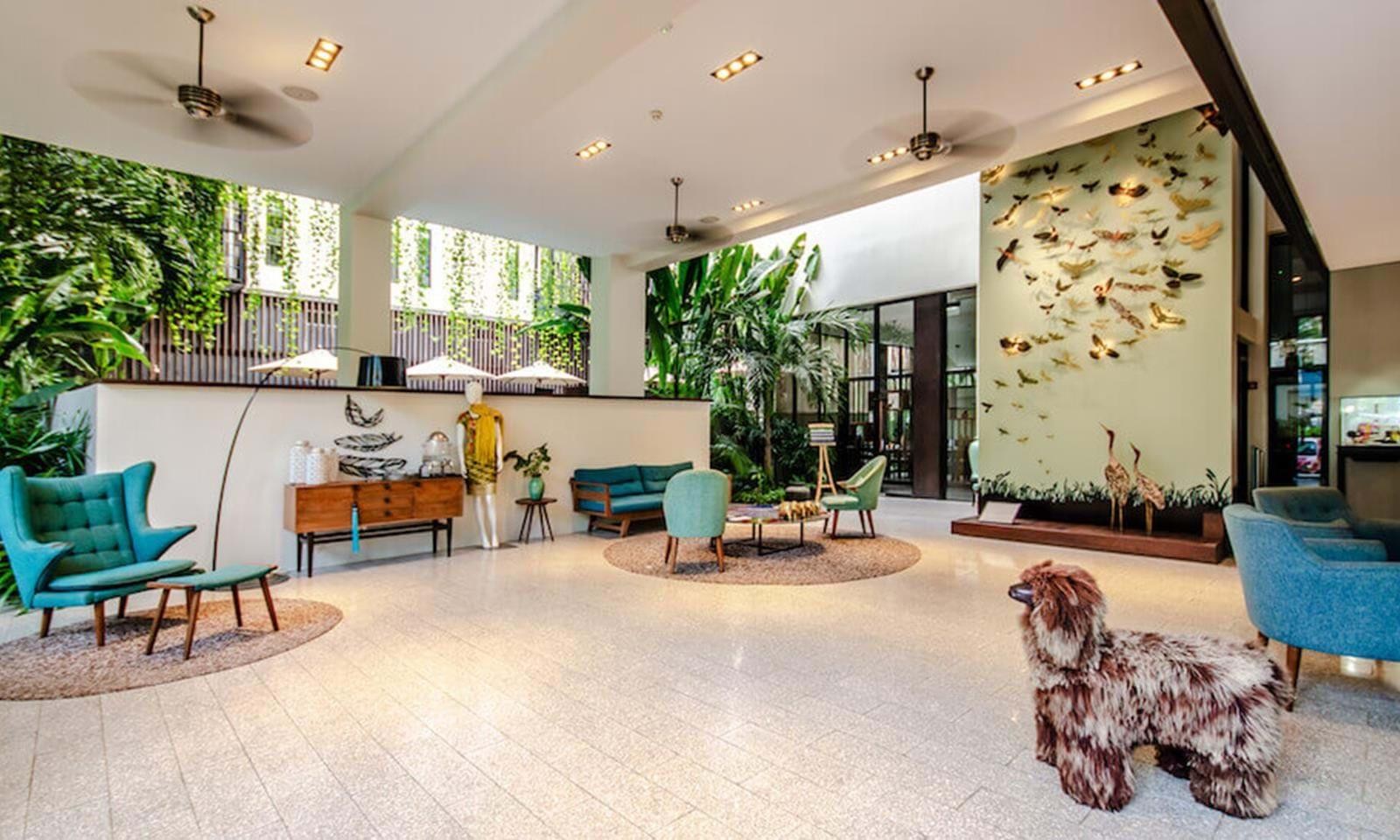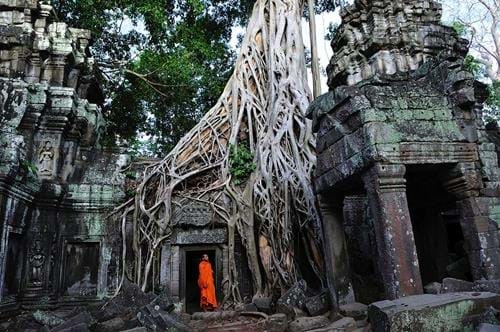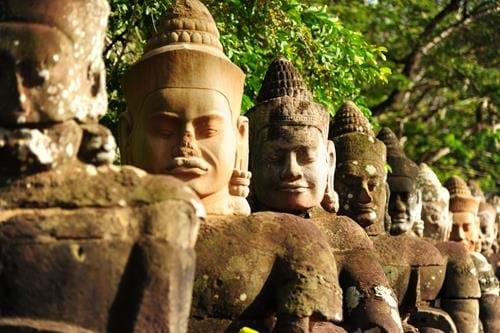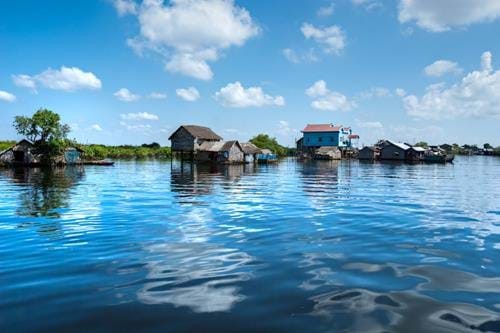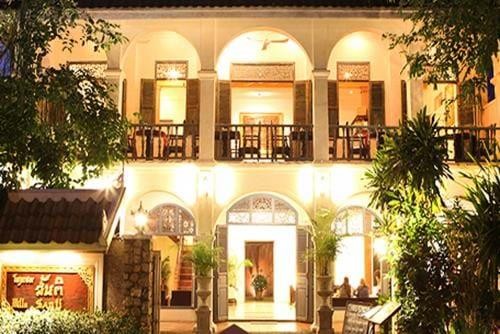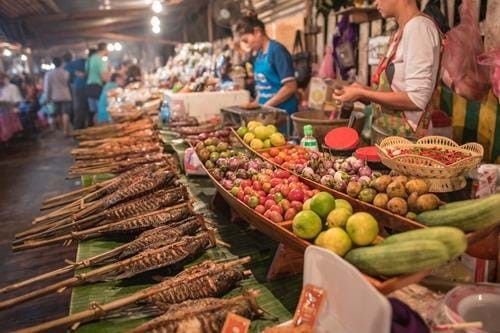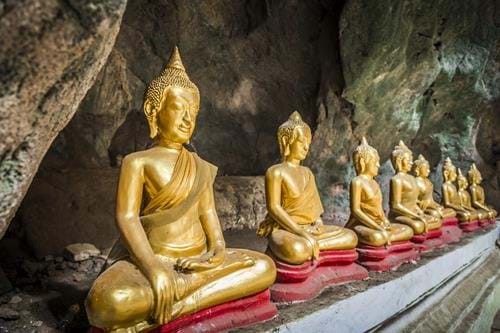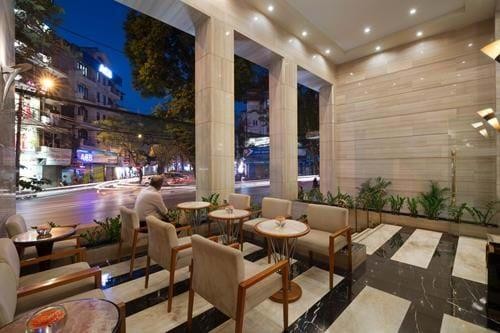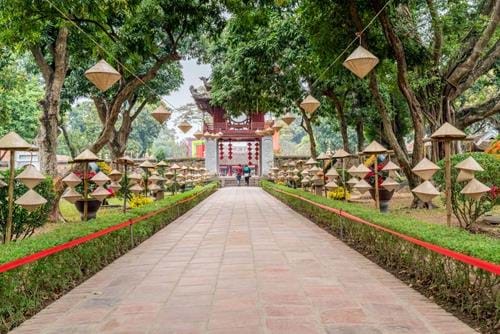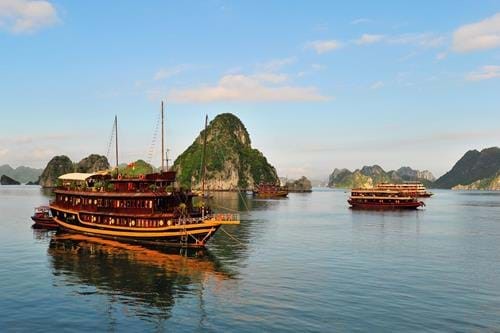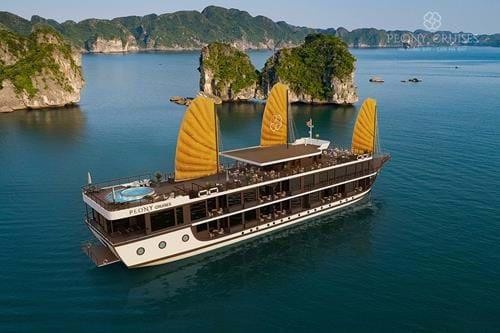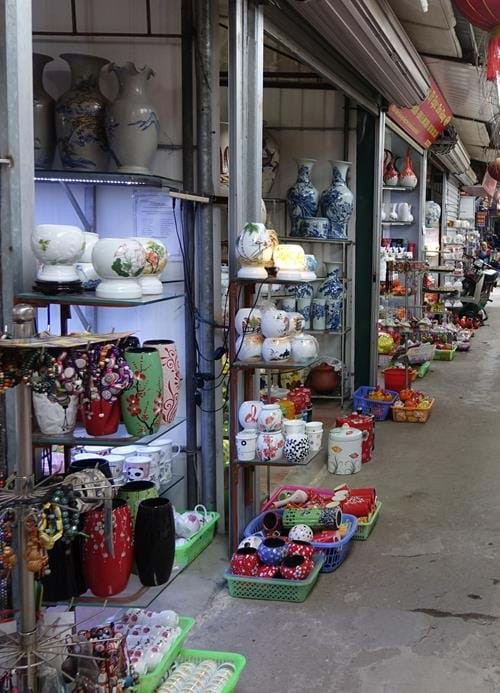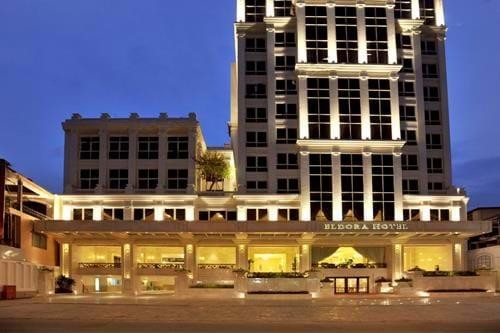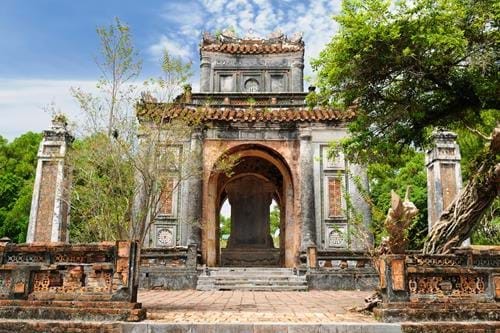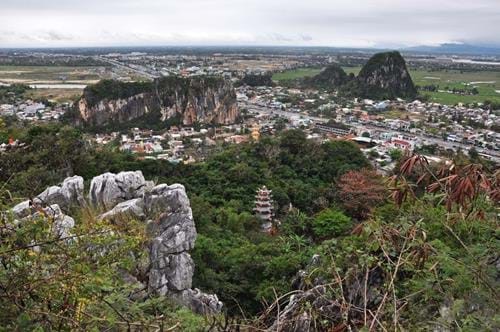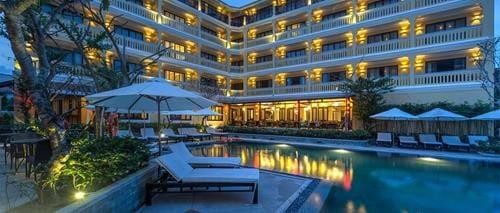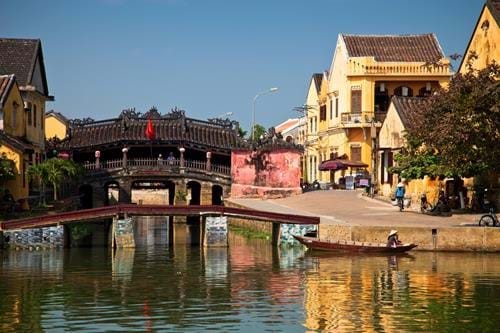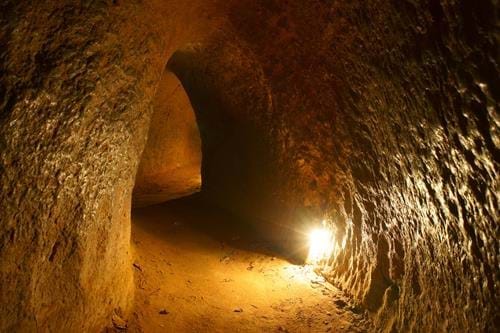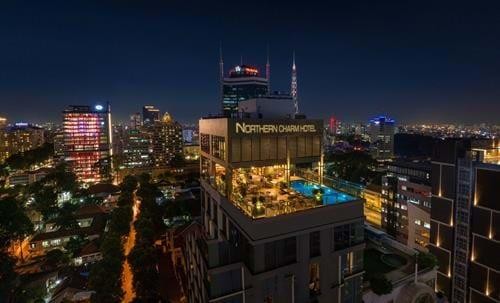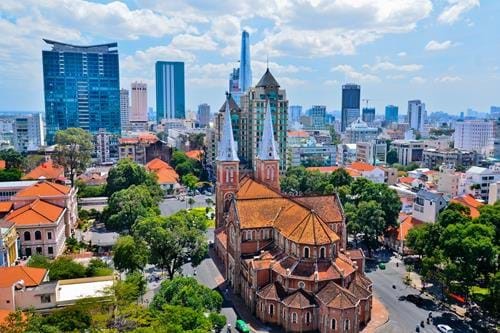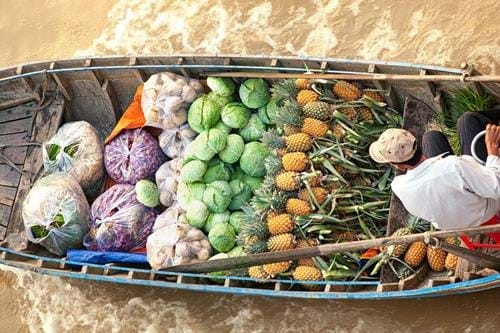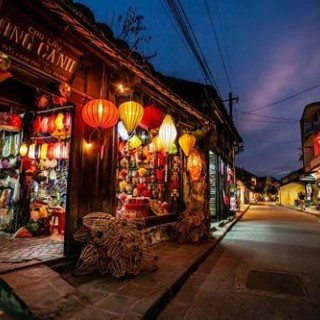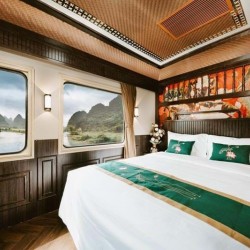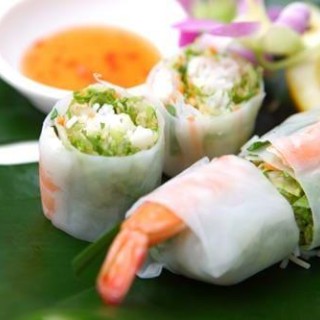Group Tour
- Duration18 Days
- Flights IncludedNo
- Prices From £ 3075
 Places Visited :
Phnom Penh, Siem Reap, Luang Prabang, Hanoi, Halong Bay, Hue, Hoi An, Ho Chi Minh City
Places Visited :
Phnom Penh, Siem Reap, Luang Prabang, Hanoi, Halong Bay, Hue, Hoi An, Ho Chi Minh City
From the grand temples of Angkor and the laid-back town of Hoi An, to the islands of Halong Bay, vast stretches of the Mekong Delta and ancient monasteries of Luang Prabang, our Discover Indochina tour promises to be the trip of a lifetime. Start at Phnom Penh, the capital of Cambodia fly to Siem Reap, your base to visit the impressive Angkor Wat and spend two nights in the capital of Cambodia. Continue to Luang Prabang and then journey onward into scenic Vietnam.
After sightseeing in Hanoi and an overnight cruise in Halong Bay, travel southward along the Vietnamese coast to the charming towns of Hue and Hoi An whose sights showcase fine art and architecture. Explore Ho Chi Minh City and take an excursion to the Cu Chi tunnels as well as the Cai Be floating market.
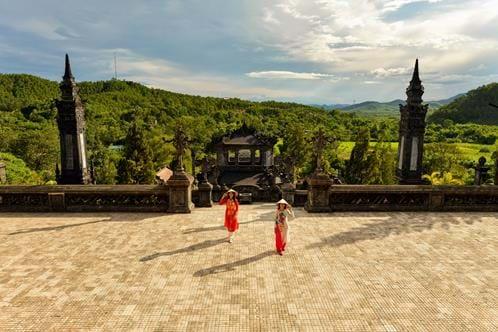
Remember, this trip can be personalised to suit your travel needs - we can tailor everything from hotel, travel type, duration and more.

